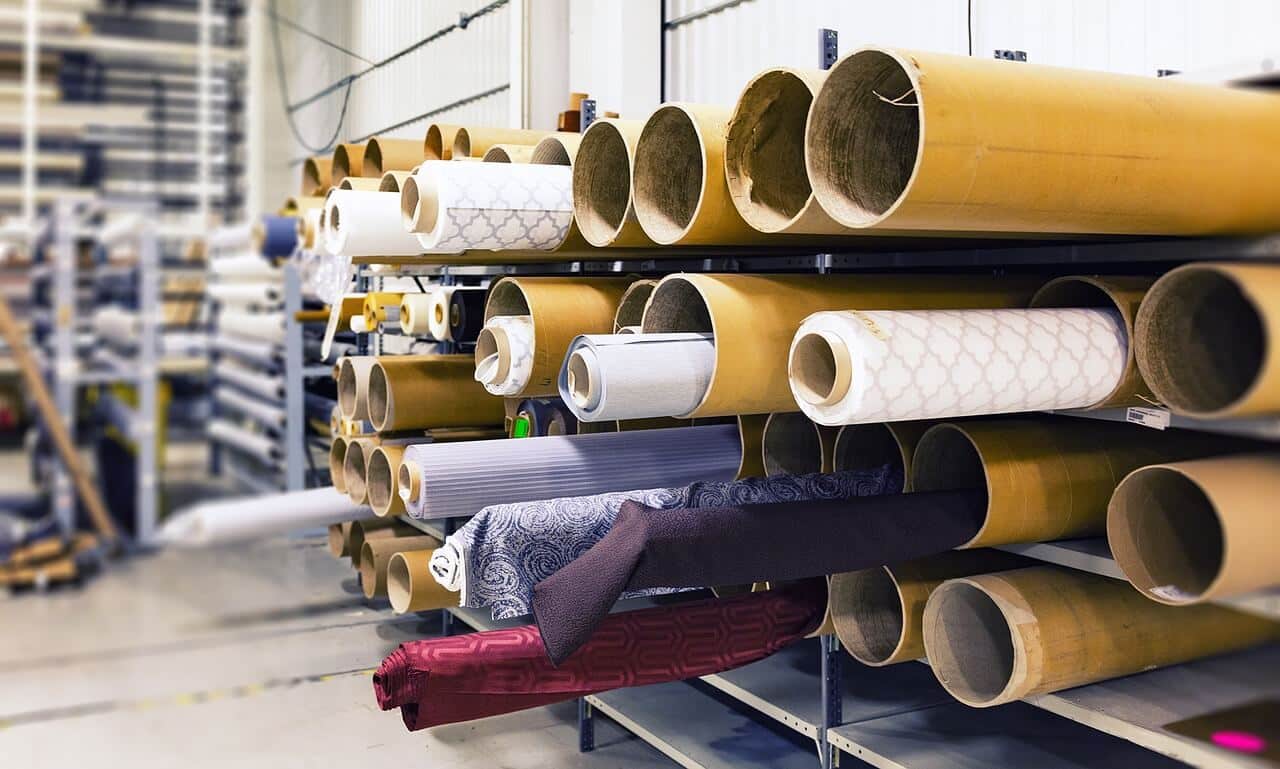These are the 4 Most Popular Industrial Fabric Structures

The variety of industrial applications for sewn products is limitless. As leaders in the industrial sewing space, Vinyl Technology works with many industries, and even the US government, in designing and creating some of these structures.
Fabric structures are a popular and more affordable solution because many don’t require a concrete foundation while still providing the same protection from the elements that a permanent structure would.
Because there are just too many to list, we’ve narrowed them down to the five most popular industrial fabric structures.
Air Structures
While traditional structures (and even some fabric structures) are supported by metal or wood frames, these structures are supported by air. This type of fabric structure can be reduced even more to differentiate between air-supported and air-inflated structures.
An air-supported fabric structure derives its structure completely from the air inside it. By maintaining a consistent pressure against the fabric walls, these structures maintain their shapes. The most common shape for these structures is the dome, and airlocks are used at entrance points to maintain constant pressure.
An air-inflated structure uses air in support elements, like beams or walls, but the structure itself does not need to be completely inflated for the structure to remain standing. This offers a wider array of shapes closer to more traditional building types.
Vinyl Technology manufactures products like the Self-Inflating Field Mattress and Pneumatic Mattress for air structures.
Tensile Structures
If you’ve ever seen a circus tent, then you already know what these are. Tensile structures use tension from ropes, cables, or similar methods. Although tensile structures can be created out of many different kinds of materials, an industrial fabric membrane is also common. The fabrics most often used in modern tensile structures are PTFE-coated fiberglass and PVC-coated polyester, both of which are created by industrial sewing companies.
Frame Structures
By far, the most common form of fabric structure is one that is built on a frame made from traditional building materials like steel. These frames offer a rigid, stable, strong skeleton for the pliable and often translucent fabric covering. Many portable outdoor tents are made using this method because they are easy to assemble, fit in many different kinds of locations, and can be collapsed and stored. These structures offer the additional benefit of not requiring some of the elements needed by the other types of industrial fabric structures, like power for the pumps that supply a constant flow of air in air structures.
Hybrid Structures
The fourth kind of industrial fabric structure is actually a combination of the other three. By using a combination of these technologies, manufacturers can create structures that are impossible to achieve using rigid materials like metal or wood.
Vinyl Technology has been creating industrial fabric items for 40 years. Get in touch today to see what industrial fabric projects we can do for you.

